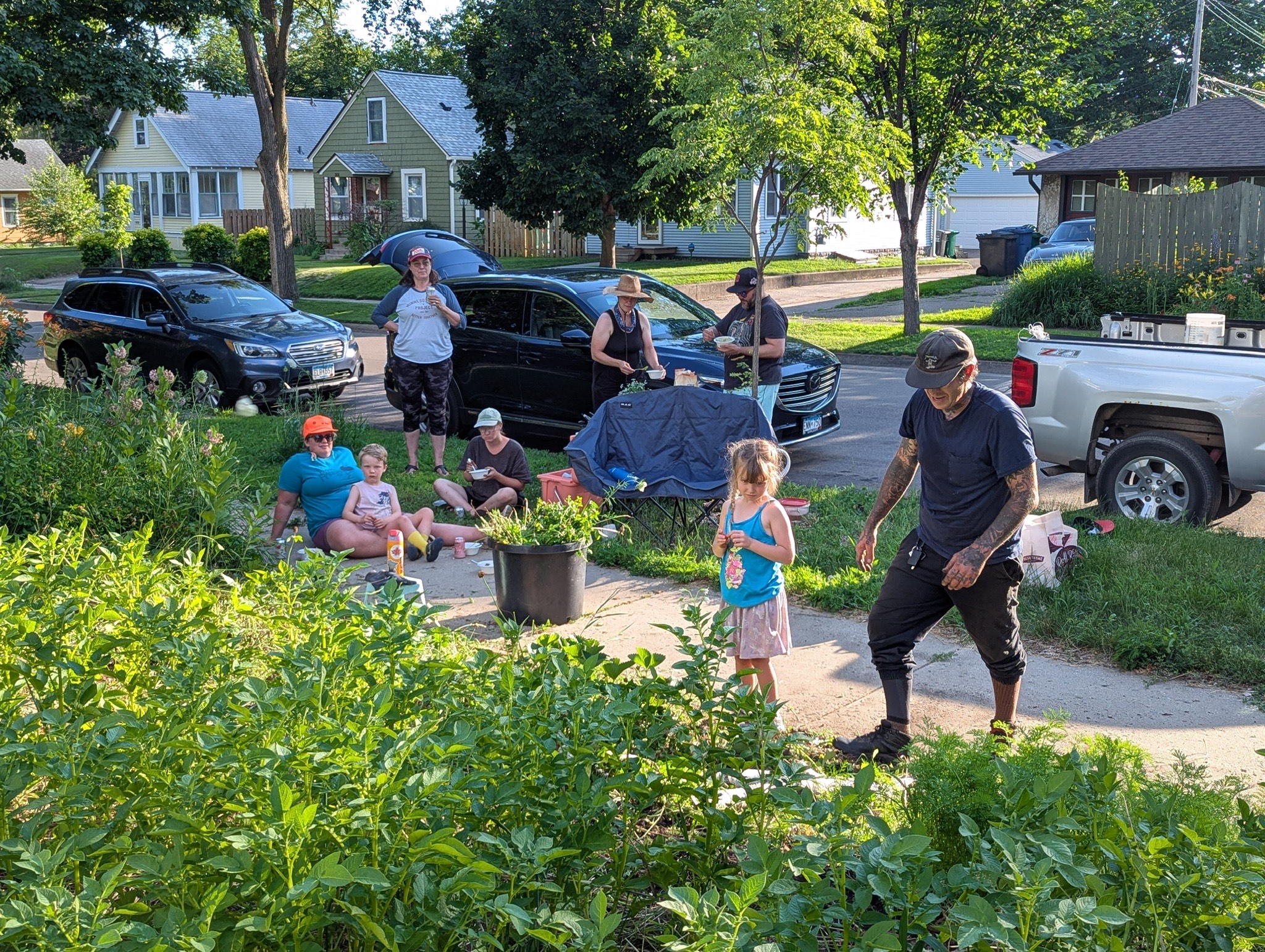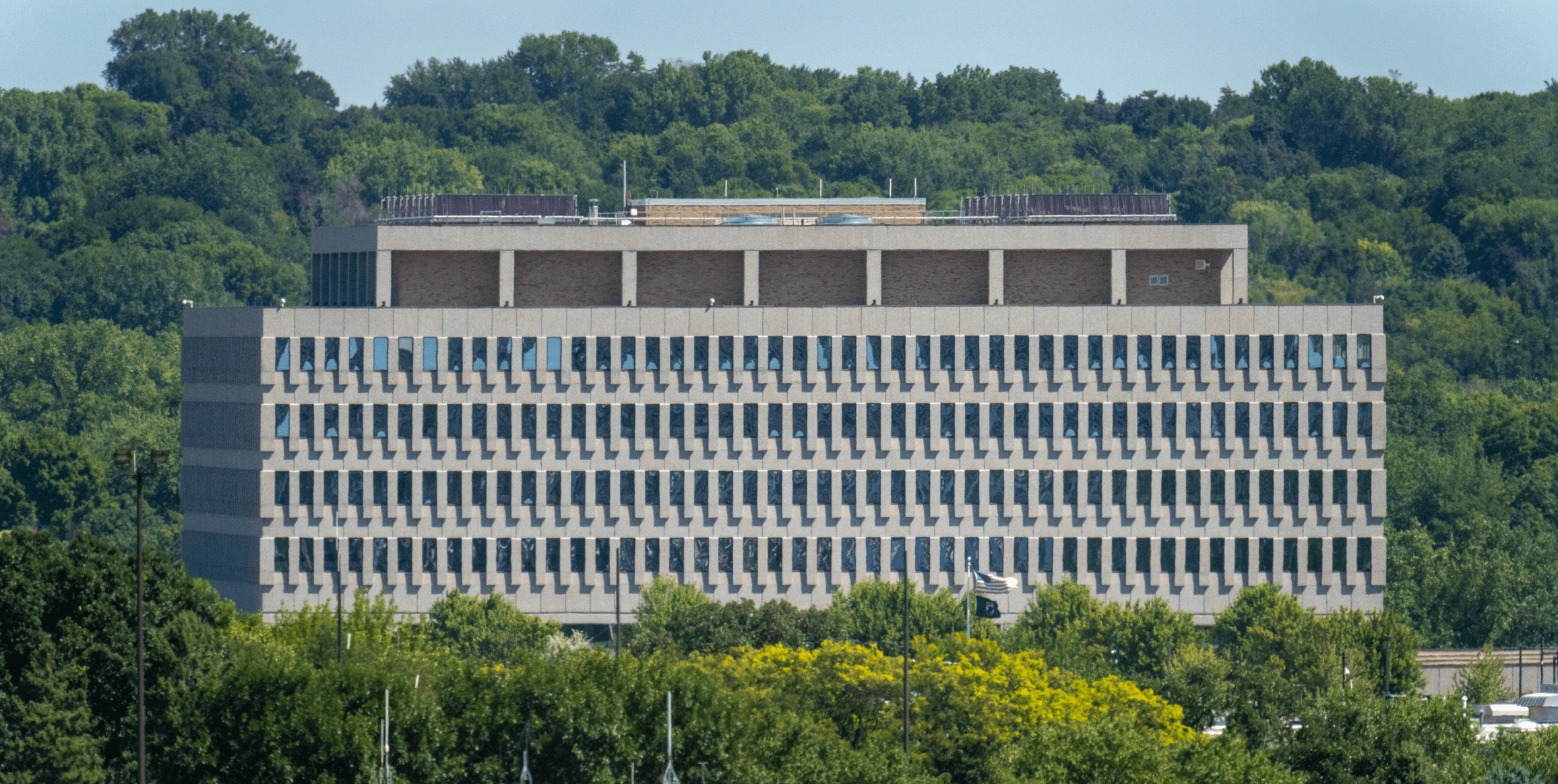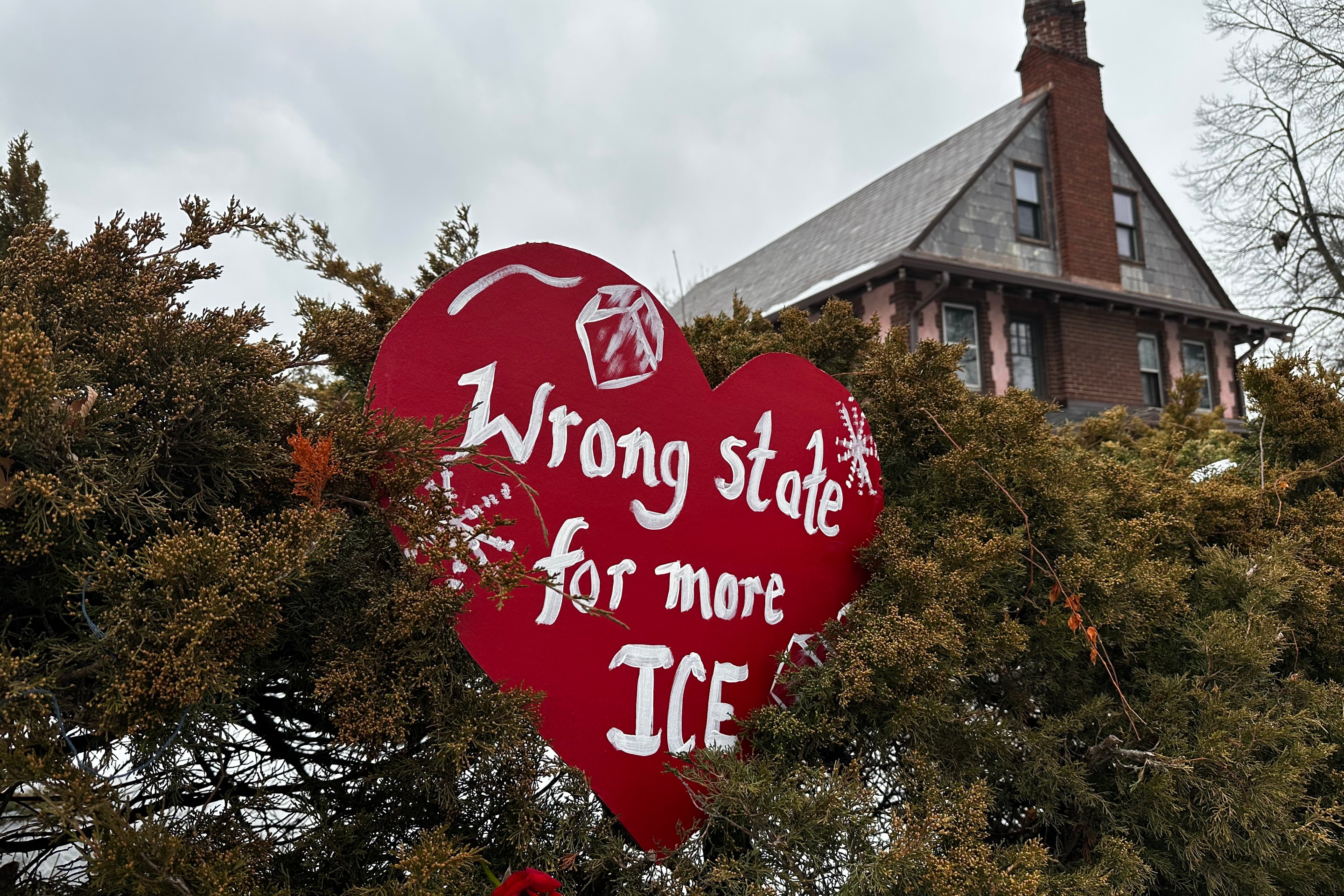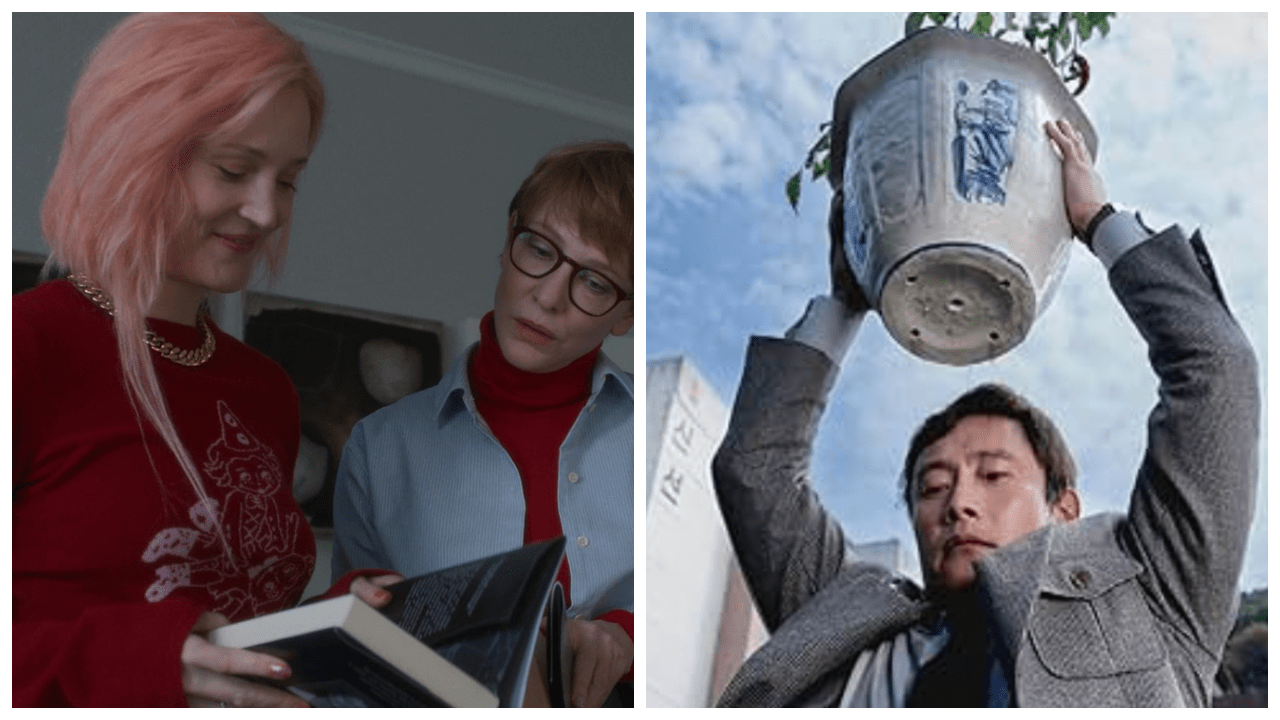You know what’s even more refreshing and life affirming than “touching grass”? Pulling it out completely. For proof, look no further than south Minneapolis’s working artists and urban farmers Carrie Thompson and Jade Townsend of the Black Radish.
“We rip up people's lawns to put gardens and farmland back in,” Townsend says.
Thompson and Townsend founded the Black Radish, whose name alludes to the black flag sailed under by pirates, seven years ago in the Standish-Ericsson neighborhood. They were interested in contributing more to the world than their art alone allowed. Farming lets them tackle community-building and food insecurity right here in Minnesota, which ranks as the seventh-worst state for residents having accessible, healthy food near their homes.
Since its founding, TBR has convinced 15 neighbors to convert their quintessentially American lawns back into farmable land, which the pair uses to cultivate food for the community.
“We're not trying to say that they’re entirely bad, but does every yard need to be grass, y’know?” Townsend laughs.
Stroll down the block from the Standish Cafe—which often features the farm’s salad greens—to see the pair’s impact in their neighborhood, where their vision is quite literally in full bloom.
Every scrap of an acre TBR has cobbled together has been turned into artfully designed, sustainable, organic farm space, approaching de rigeur practices like training vines and building lattices with an eye toward beauty, all while achieving a delicate balance of order and chaos worthy of the late Romantics.
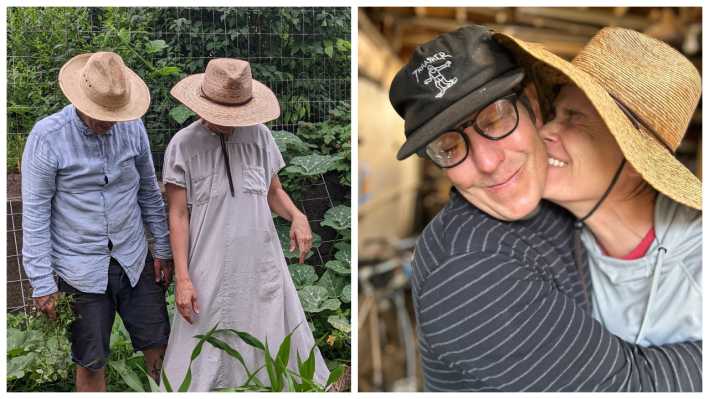
“It could just be a trash dump easily,” Thompson explains. “Most gardens are—and ours is not.”
In return for use of their land and water supply, each reformed Sod Stan™ receives a free CSA (Community Supported Agriculture) share from the food grown out of the Black Radish’s garden beds. The weekly Garden Market—a pop-up mart at the farm’s headquarters which replaces a traditional CSA’s fixed hauls of vegetable roulette—serves as a special conduit for the pair’s artistry.
“It's like setting up an art installation every week for the CSA pickup. We harvest, and we bring it all back, and then we set it up so it's this experience,” says Townsend, when asked if farming scratches a creative itch. “The plants are the medium, in a way.”
The fill-your-own-box, take-only-what-you-need policy hugely cuts back on food waste, and any surplus produce is donated to the Sanneh Foundation, where a grant from the Minneapolis Homegrown project pays for a chef to teach recipients of food distribution how to cook unfamiliar produce.
While they primarily decide which crops to cultivate based on what will thrive and fit within their scattered lawn plots, Thompson says they also make a point of growing staples from cuisines around the world—like so much epazote—to meet the appetites of Sanneh participants.
That would be plenty to keep most mortals busy, but the Black Radish folks don’t stop there.
“I love adding flowers and herbs, and growing special things for chefs because they’re also artists to me,” Thompson says.
Some of the Twin Cities’ most lauded restaurants turn to TBR for pivotal, hard-to-source ingredients. Chef Gustavo Romero of Oro tapped the farm to cultivate a special size of poblanos as well as his preferred variety of cilantro (Delfino, for the record). Thompson also spends hours picking “little teeny baby shiso tips” destined for Kado No Mise along with batch after batch of komatsuna mustard greens.
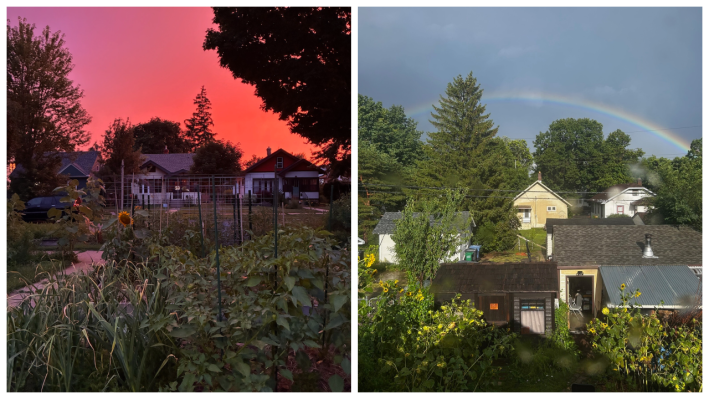
Those are just a few of the farm’s heavy-hitting restaurant clients, and on the day of our interview Thompson was forced to turn down yet another chef’s special request. They’re at capacity right now, but all signs are pointing to the farm having more room next year. (Just this year, they were able to bring on former volunteer Lily Sevilla in a paid role.)
“We are small, but we're growing!” Thompson says, noting that after months of crowdsourced fundraising, the Black Radish secured funds on August 1 for a down payment on a quarter-acre of land just down the street from their current operations.
This lot, which Thompson stumbled on while doomscrolling Zillow late one night, is hugely appealing because it is 15 times bigger than those available from the city or county, and it’s already a garden—unlike many of the detritus-strewn lots earmarked for conversion to urban farms.
“A lot of them are really not high quality, or you have to move concrete out,” Townsend adds.
But most importantly: The Black Radish would own this land outright rather than lease it from a government entity, so the land couldn’t be repo’d should local political winds shift.
A key component to making use of this new land is securing proper nonprofit status, which the pair see as a step to permanently weaving Black Radish farmland into the fabric of south Minneapolis, in keeping with a model of city planning more often found in Europe. Nonprofit status will help the Black Radish, as an organization, “cement our farm in this area in a way that the amazing community members can't,” Thompson explains.
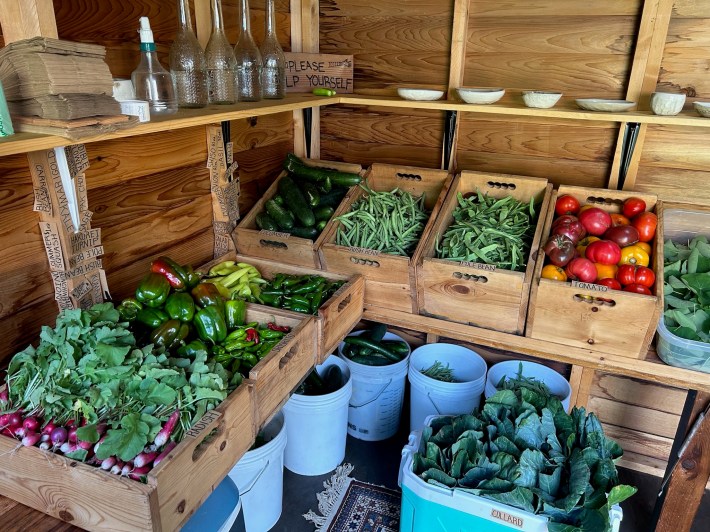
“We think it should be a fundamental part of every neighborhood to have an organic or urban farm situation happening. It's a place to meet other people in the neighborhood, to learn about agriculture, see where your food is coming from, and to have access to that super local, super fresh food,” Townsend adds. “You don't get that at the grocery store.”
So not only will this land acquisition double their current farmable acreage and potentially triple their crop yield, but it will also allow the Black Radish to formalize an educational component of their mission: Teaching urban farming, ensuring local youth will have access to the knowledge, skills, and land necessary to feed their communities for generations to come. In a way, it guarantees the project will be bigger than Thompson and Townsend.
Even without a formalized urban ag-program, the Black Radish is already showing the youth what’s up. “There are so many kids in the neighborhood who come over to ask questions and learn about things,” Thompson gushes. “We showed this little kid today what ant babies look like, and the little girl was so amped on it, she was like, ‘Oh my god, that's so cool.’”
This author can’t help but think that Minneapolis’s kids are gonna be alright… at least if the Black Radish has its way.
Want to get involved with the Black Radish? You can contribute to their fundraising campaign to pay for the rest of their farm expansion here, or keep an eye on the Black Radish’s Instagram where they announce new merch drops, invitations to weeding parties, and future celebrations and educational events on the new land.
